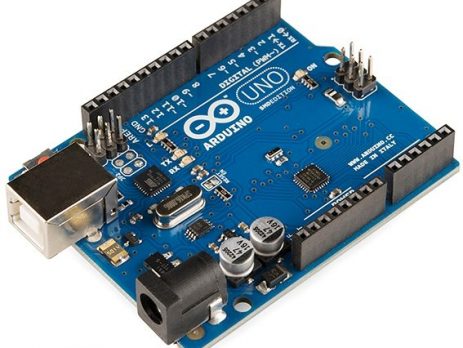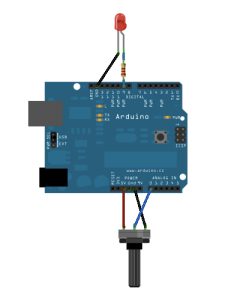Arduino Uno
Arduino Uno R3 The Arduino Uno is the most popular one among other Arduino development boards. It is based on the microcontroller ATmega328. The factor which make Arduino Uno differ from others is that it does not use FTDI USB-to-serial driver chip. Instead it uses a microcontroller Atmega16U2 (Atmega8U2 up to version R2) which is programmed as USB-to-serial converter. Its peripheral features includes 14 digital input/output pins (of which 6 can provide PWM outputs), 6 analog inputs, a 16MHz crystal oscillator, a...



